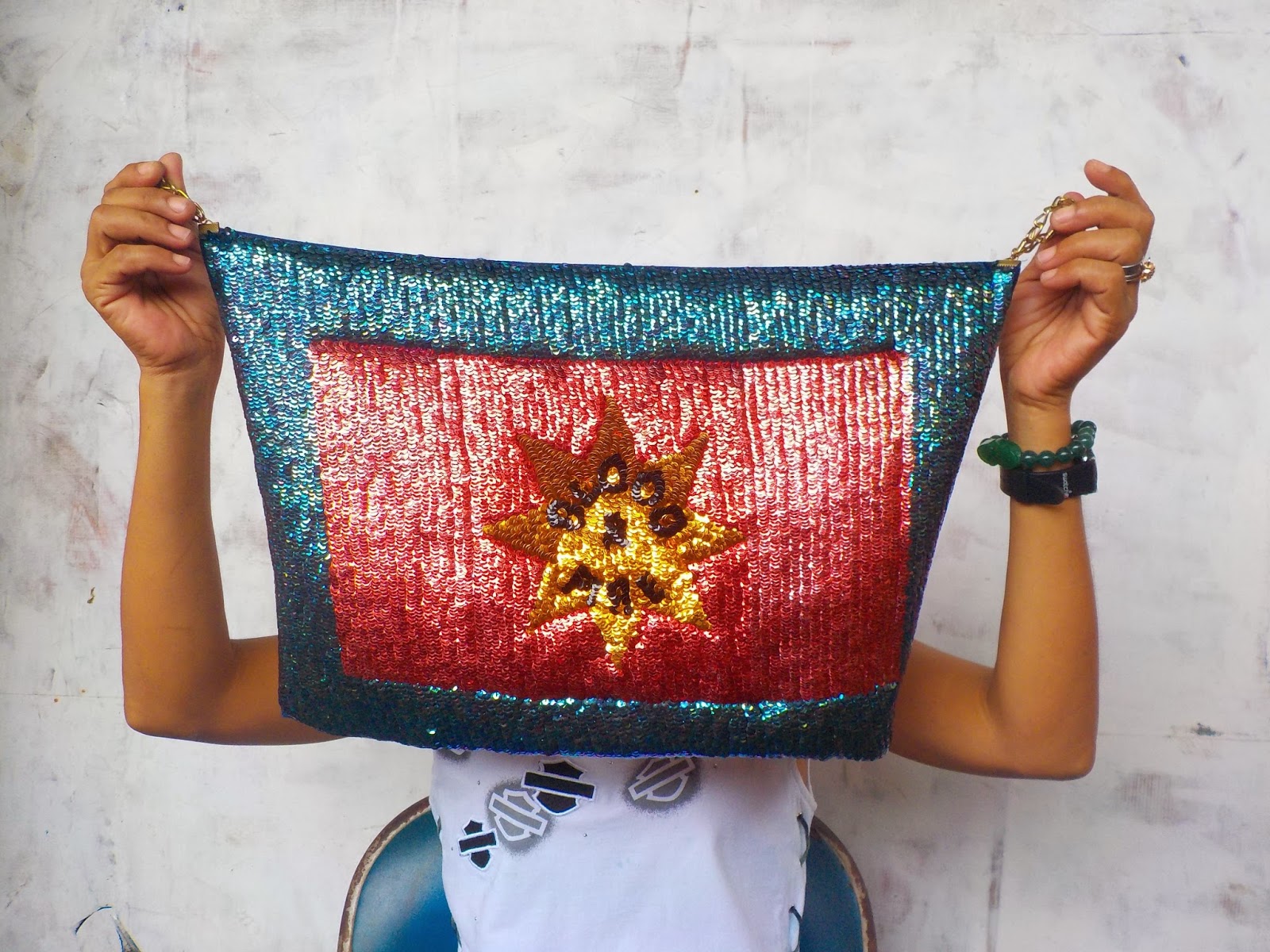Craft instantaneously translates to something made by hand or to work with hands or, almost unanimously synonymous to physical labor done through a certain duration of time which is becoming quite rare in these fast-paced times that’s continually being gobbled up by the manufactured and the factory-made.
According to writer Bruce Metcalf : “Historically the discourse considering craft as an art form states that craft must be a physical object made by hand using traditional methods and because of this it limits the art work’s aspect and meaning.” Adding further that, “the craft world accepts the meanings of felt experience and the body, whereas the art world remains dedicated to meaning embedded in texts and discourse.”
The intensive engagement with material that understandably march with time, renders craft as a purely durational exercise induced to an evolving mastery. The meaning that artists derive from employing craft is more experiential rather than purely rational, the approach to material being more instinctual as well. Combined with the vicissitudes of art idioms, the twinning of material and craft renders their work a conceptual layer, and by which the artists of Hand Job rearticulates craft, subverting the decorative arts and the fine arts in a mash-up of pure form and everyday life
These are palpably extrapolated from a discourse on the nature of labor and authorship via Bascon’s wired detailed instructions for his family to execute his work; to a mitigation of material weaving disparate surfaces such as plastic and photographic print with embroidery in Villanueva’s reiteration of selected quotes from Foster Wallace’s The Pale King, and in Lim’s repurposing of industrial, synthetic material to fashion flesh-like underwear; to drawing parallelisms between ecstatic catharsis through physical pain in Garcia’s gilded and embroidered panels that explore BDSM themes that uses religious iconography, thus elucidating craft as an exercise in endurance.
The rest of the works are driven by exuberance and jouissance for the craft, as its ritualistic routine through the manic paper folding of Tamoria’s modular origami sculptures, to the whimsical crocheted pieces of See, and to the cutting dark humor of Gallardo’s stuffed dolls.
What threads them together perhaps is their unwavering pursuit for all possible medium, technique and format and use them as their practice allow them as part of the language in their art works. In a rather oblique and radicalized approach and homage to these traditional craft techniques, they ensure the continuum of such practice, embedding them further with new meaning and a broadening avenue for what’s possible in contemporary art.
Curated by Lena Cobangbang
.JPG) |
| Curtains (Into the No land) |
 |
| Positivity Mantra |
 |
| Fortune No. 1 |
 |
| POWER |
 |
| Family Romance |
 |
| SIPTCA |
Lena also prepared an online zine so you can view all the artists' works and details.

No comments:
Post a Comment